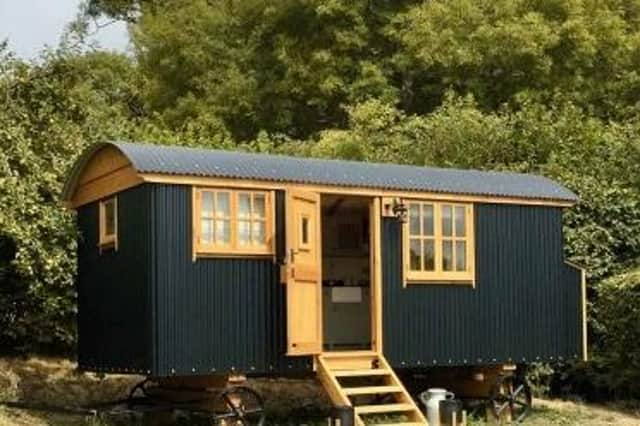Twelve glamping pods approved in Whitby near site of World War Two plane crash


Two of the newly-approved pods will serve as “additional huts to support the use” of the site, while the remaining 10 will be used as holiday accommodation.
The moveable huts on wheels will have a height of 2.85m above ground level.
Advertisement
Hide AdAdvertisement
Hide AdPlanning officers highlighted the importance of “safeguarding the appearance of the rural landscape, including the setting of the National Park”.
However, it was concluded that the “self-contained nature of the site behind established hedgerows and its landscape setting” helped ensure that the proposal was acceptable.
Whitby Civic Society said it believed the location of the huts was also “the site of a WWII Heinkel crash” and it recommended advice from the Council Archaeologist.
However, no objections were raised by the archaeologist who confirmed that the WWII plane crash mentioned by the Civic Society did not take place on the site.
Advertisement
Hide AdAdvertisement
Hide AdThe archaeologist said: “The site of a German WWII aircraft is to the rear of buildings at Bannial Flatt Farm and not this site.”
Bannial Flatts was the site of the first enemy aircraft to be shot down on English soil during World War Two.
The Heinkel bomber was gunned down by allied fighters and had no choice but to make a forced landing.
No objections to the glamping huts were raised by Whitby Town Council.
Advertisement
Hide AdAdvertisement
Hide AdThe holiday site is intended to be open for 365 days a year and “a minimum stay of two nights will be a condition of booking,” submitted documents state.
An attendant will be on the site every day from 8am to 5pm to manage the arrival and departure of guests, clean the huts, and manage the grounds.
Parking would be provided for up to 12 vehicles in an area to the north of the site.
According to the council, ecological surveys did not reveal any individually protected species.
However, it was recommended that the lighting plan should consider the impact on bats.
The plan was approved by the council and planning authority on Monday, February 5.